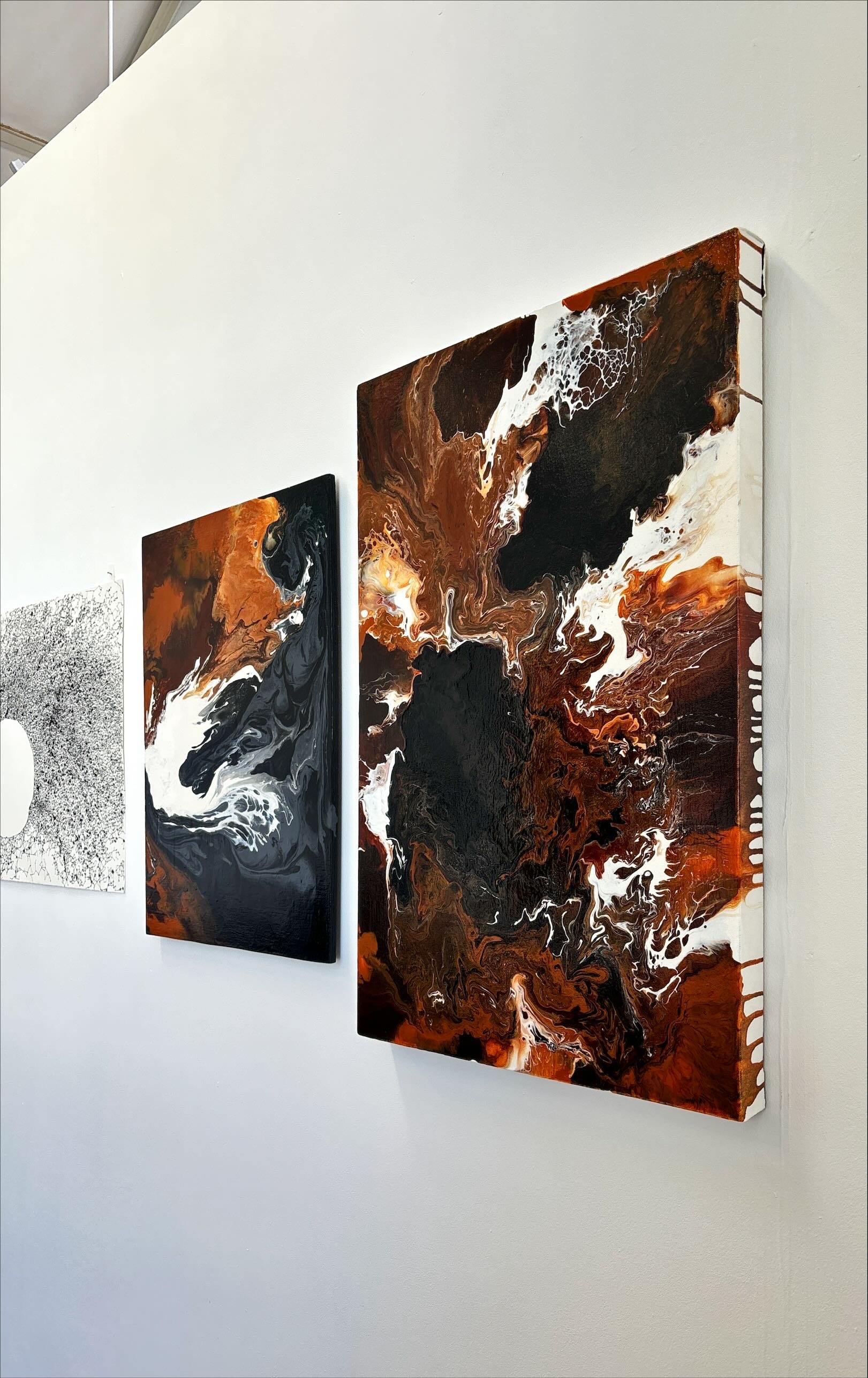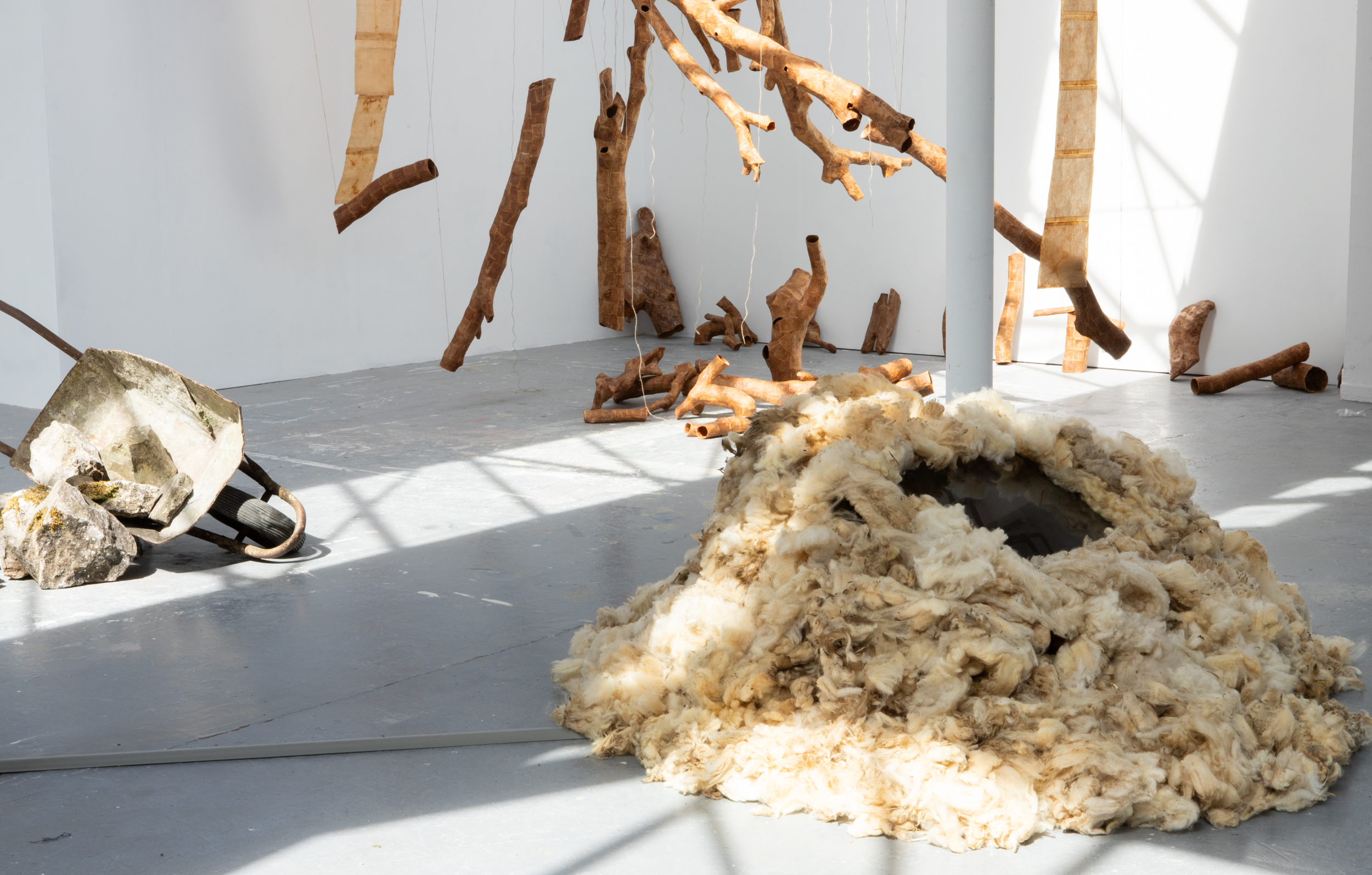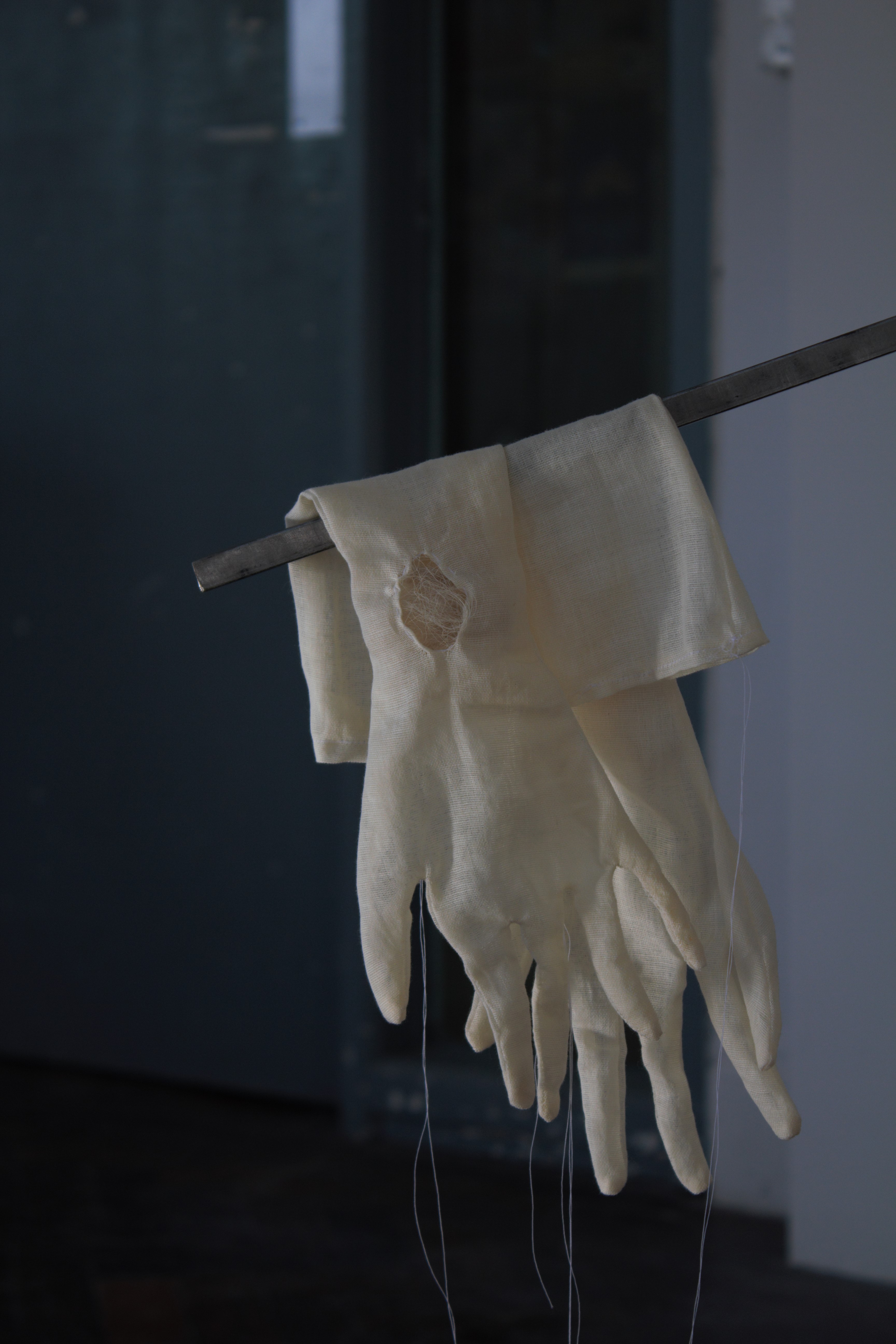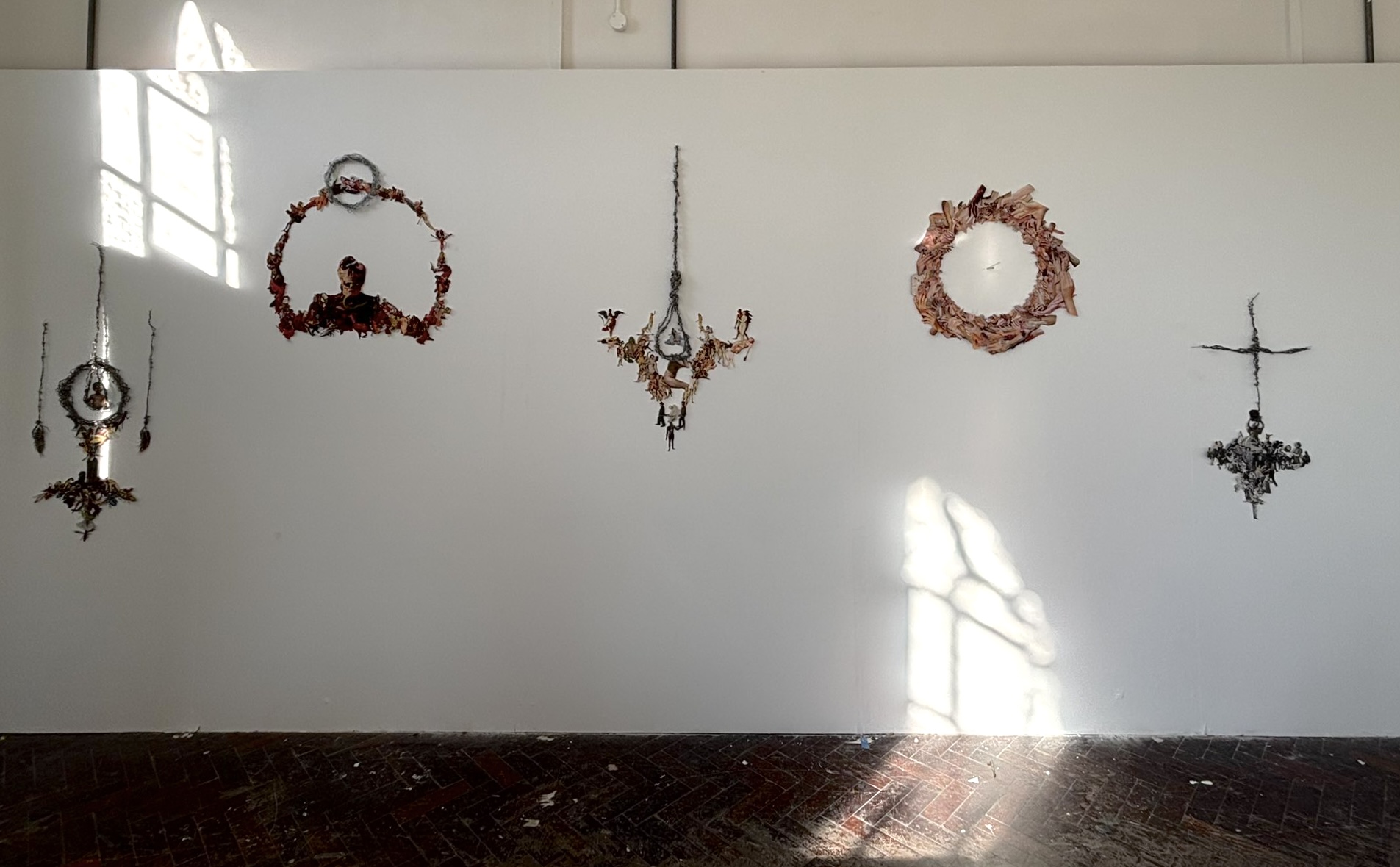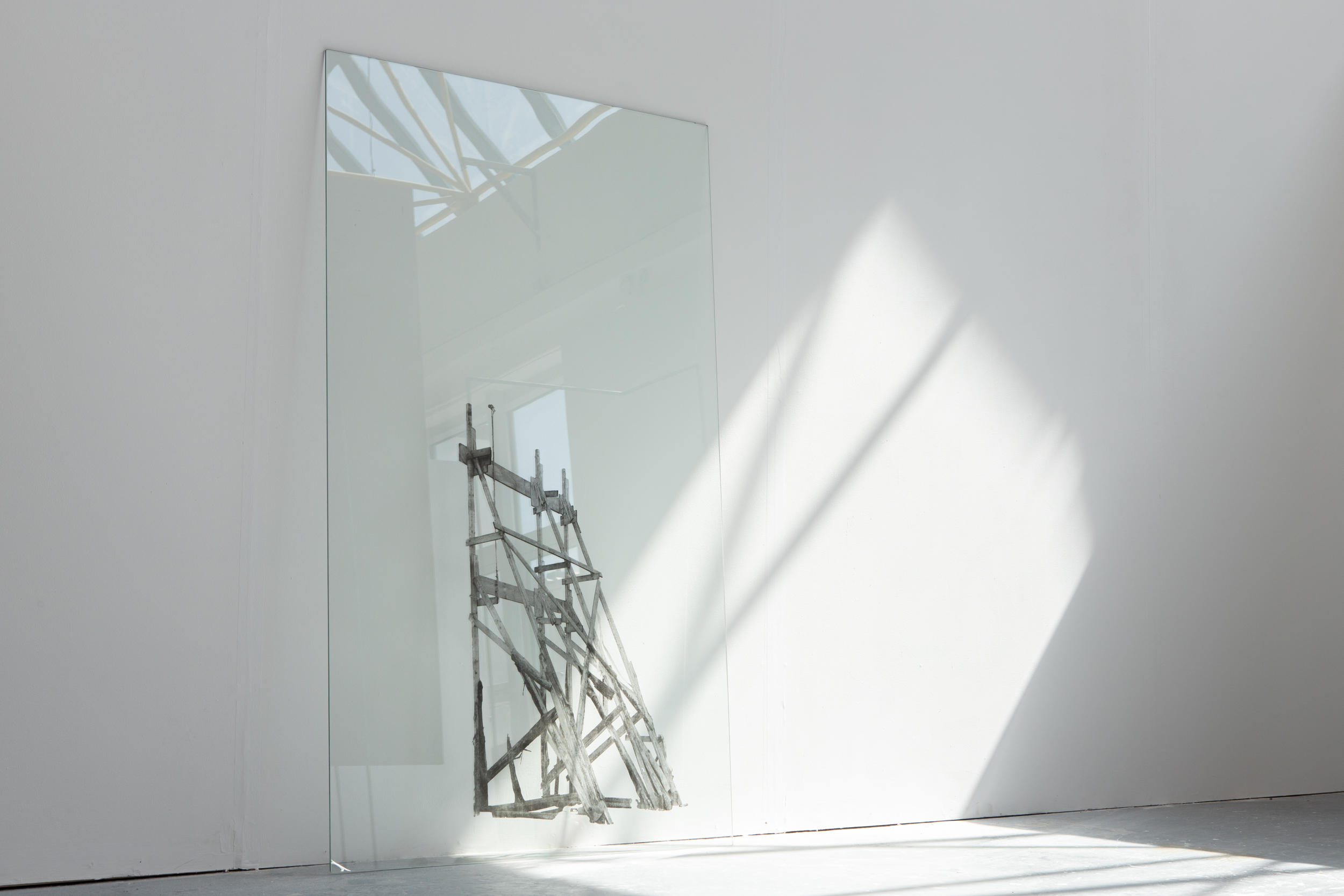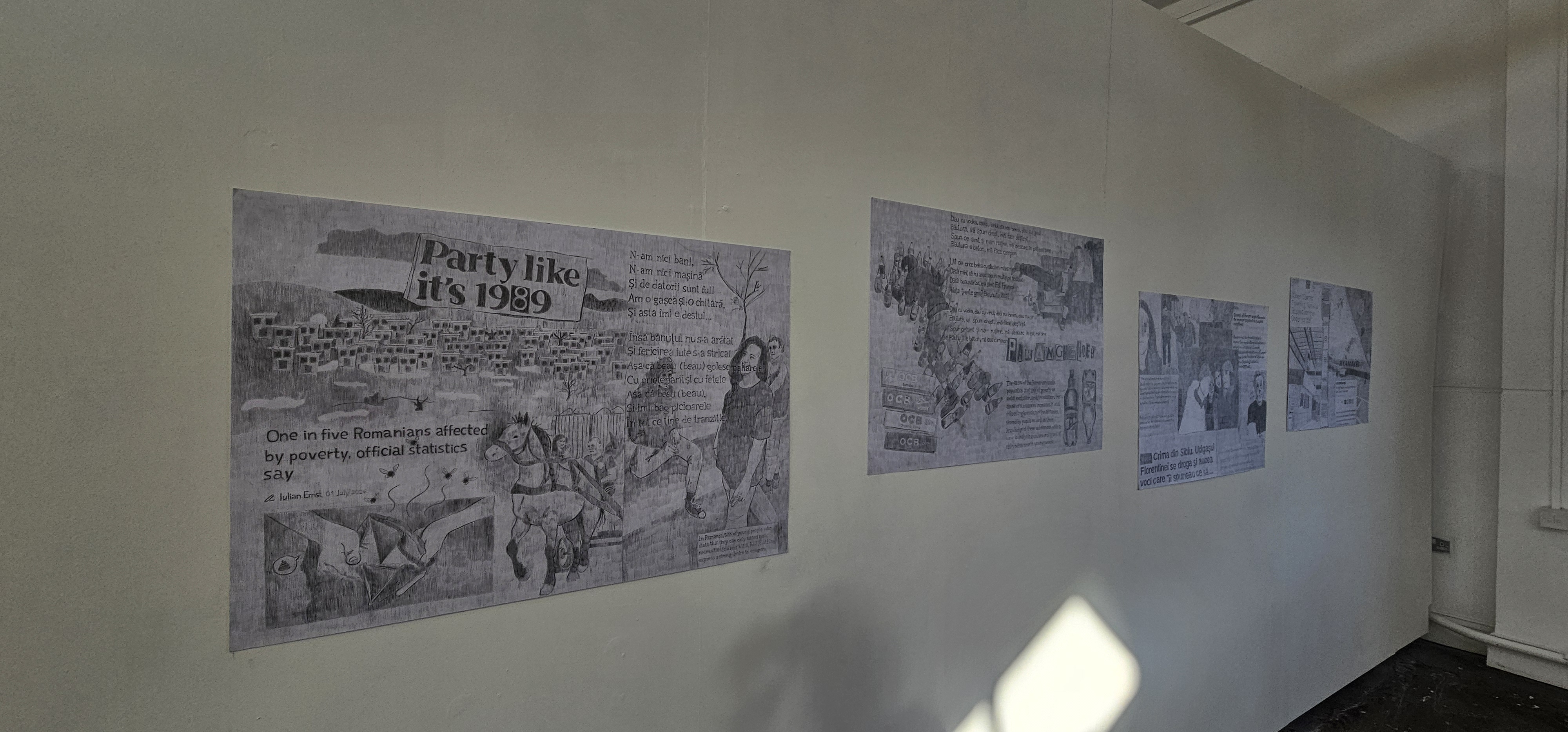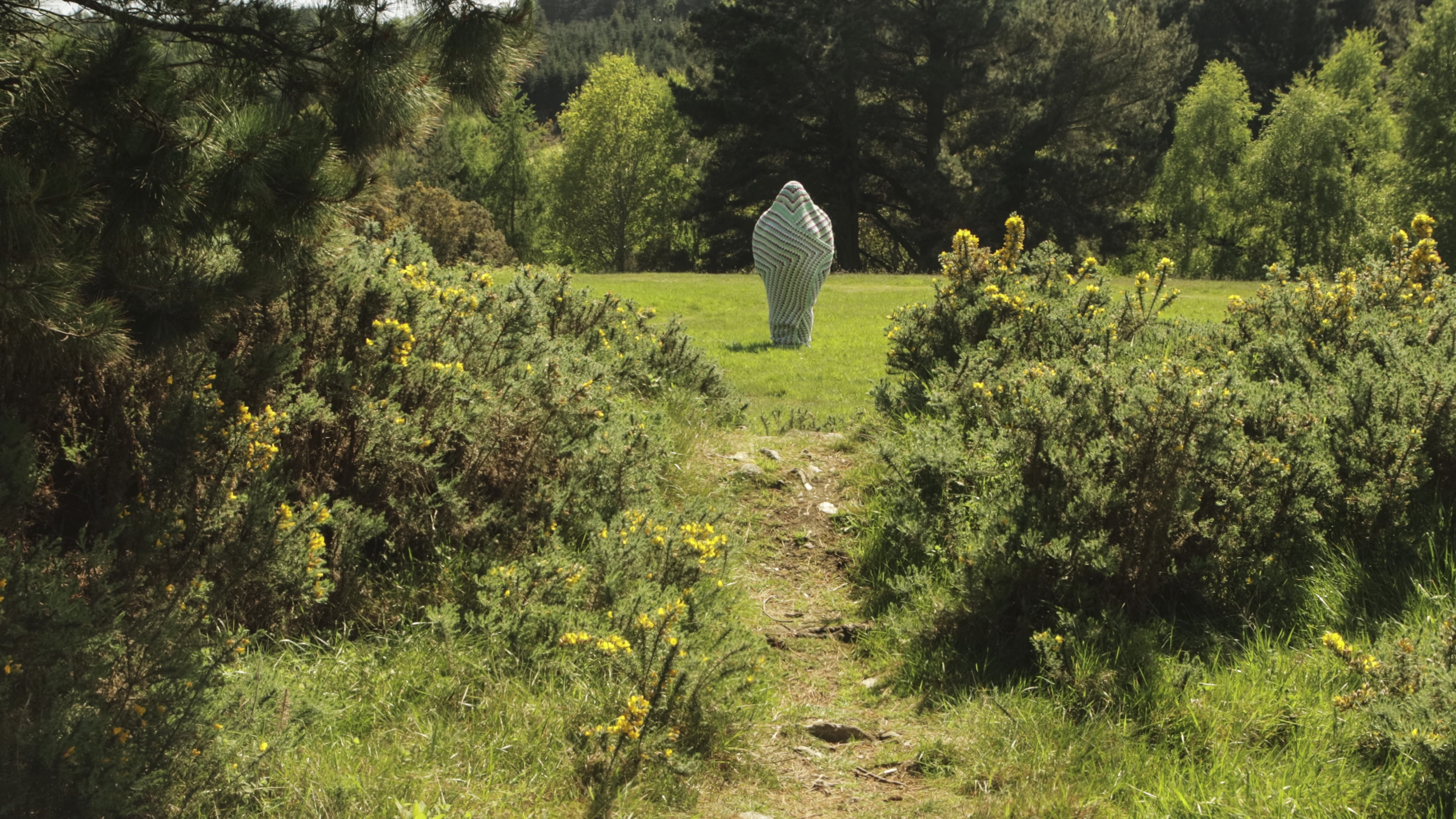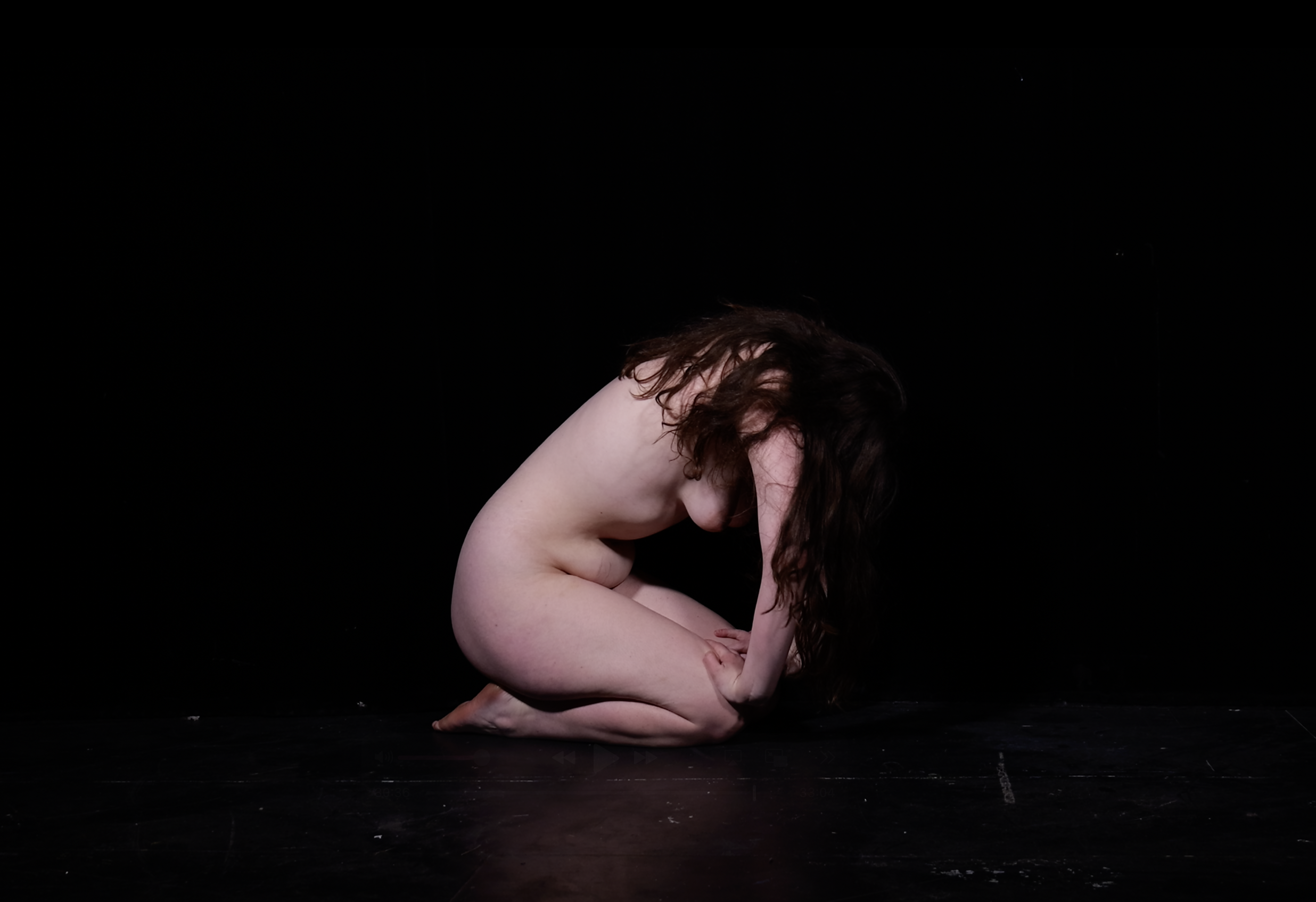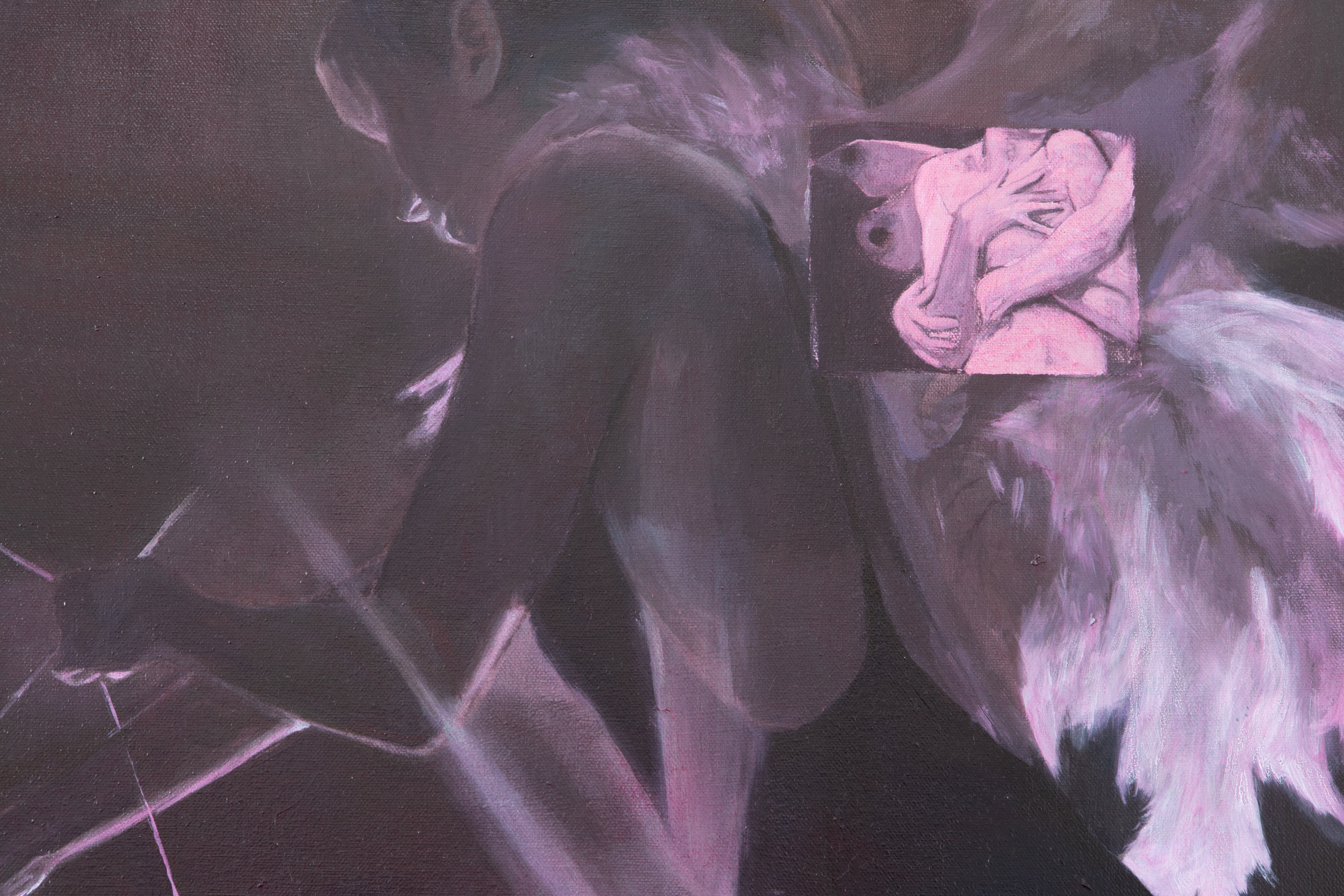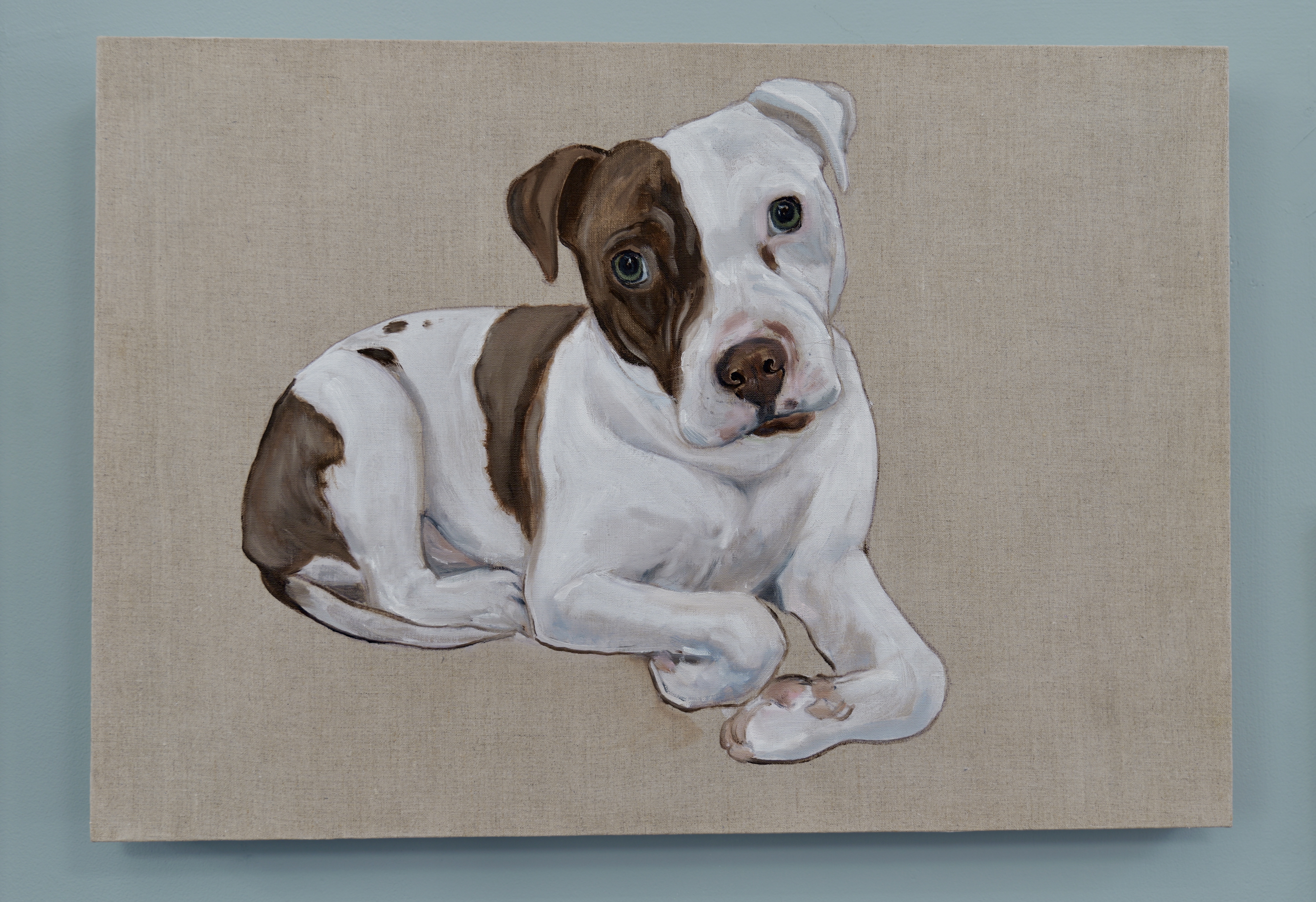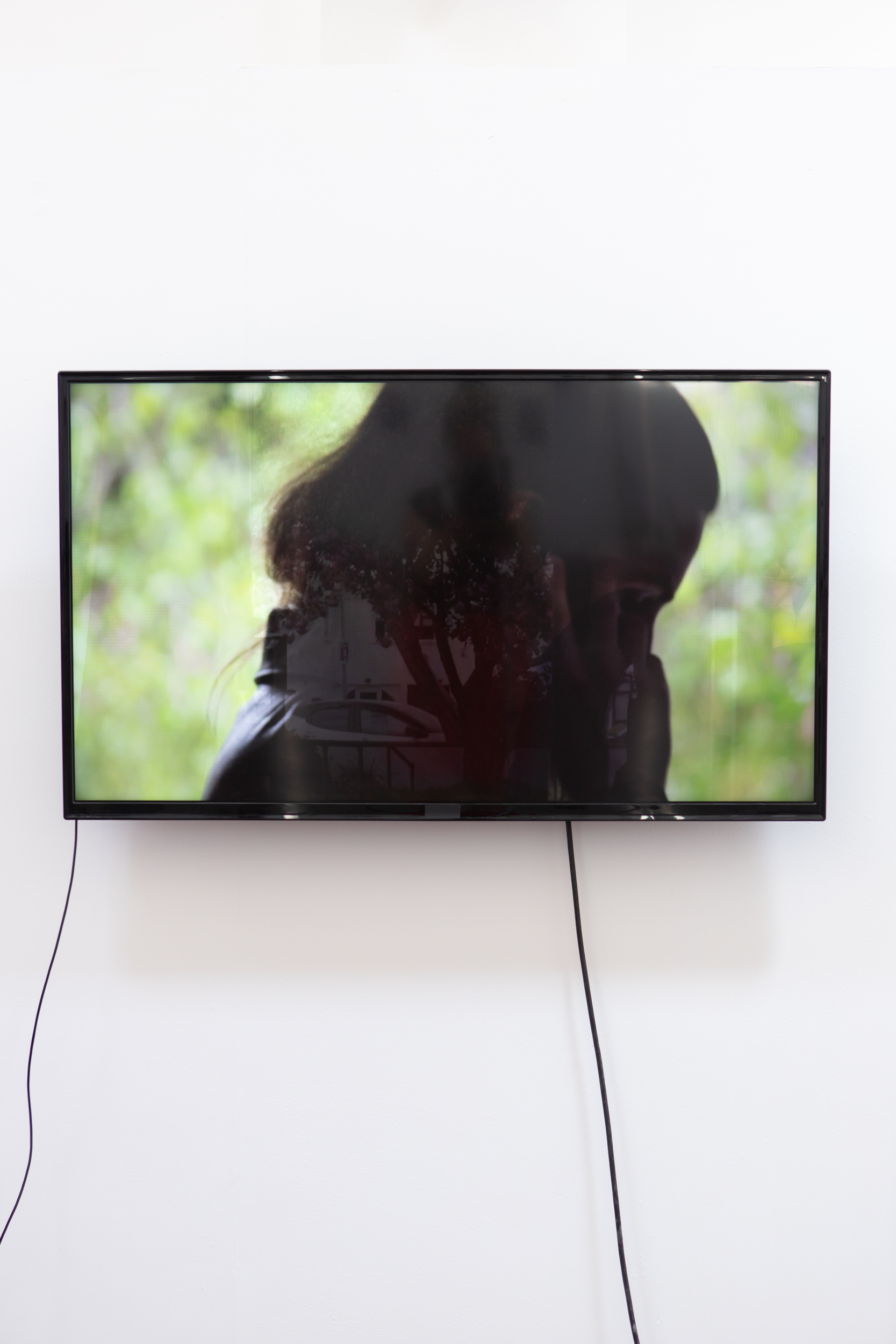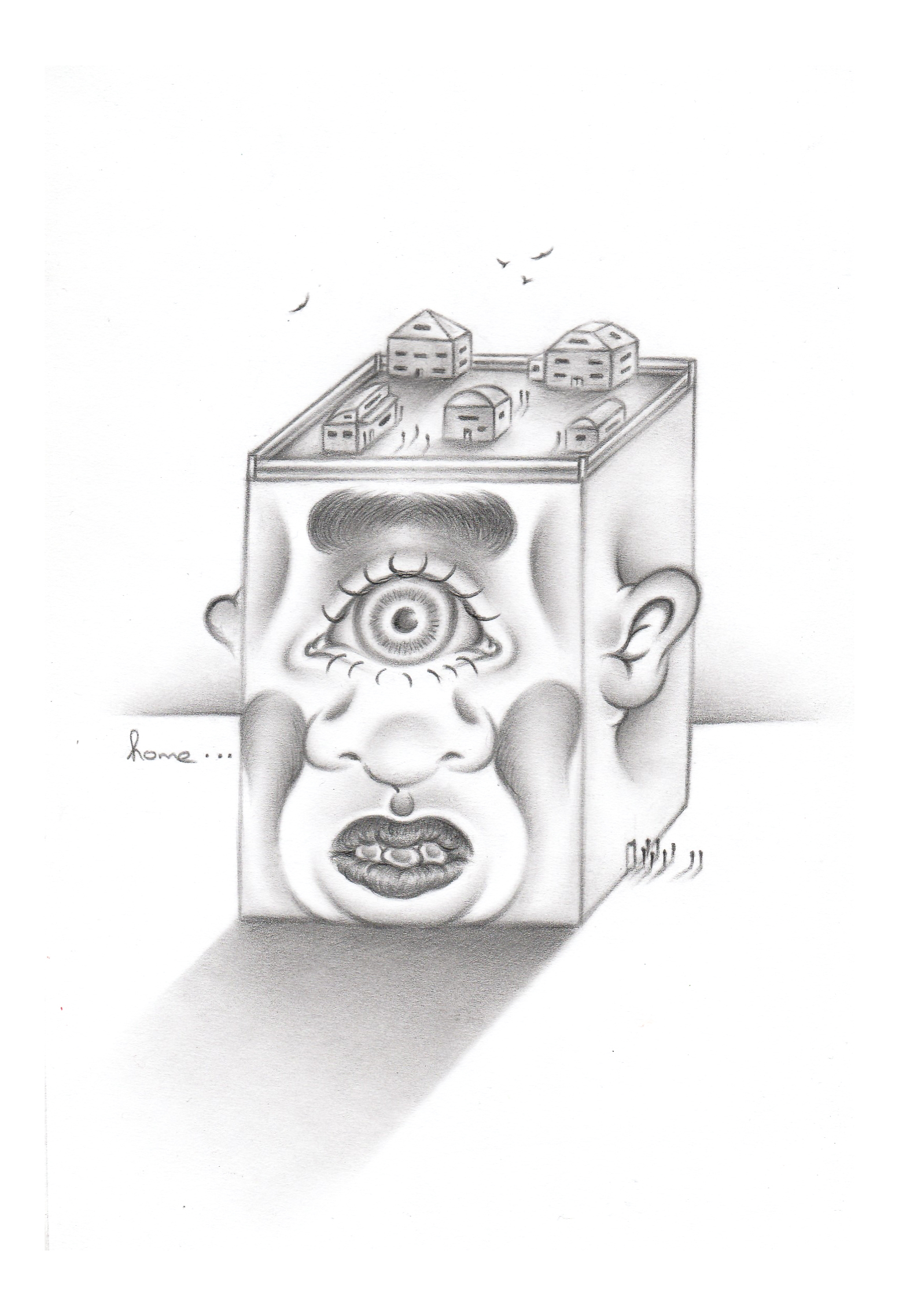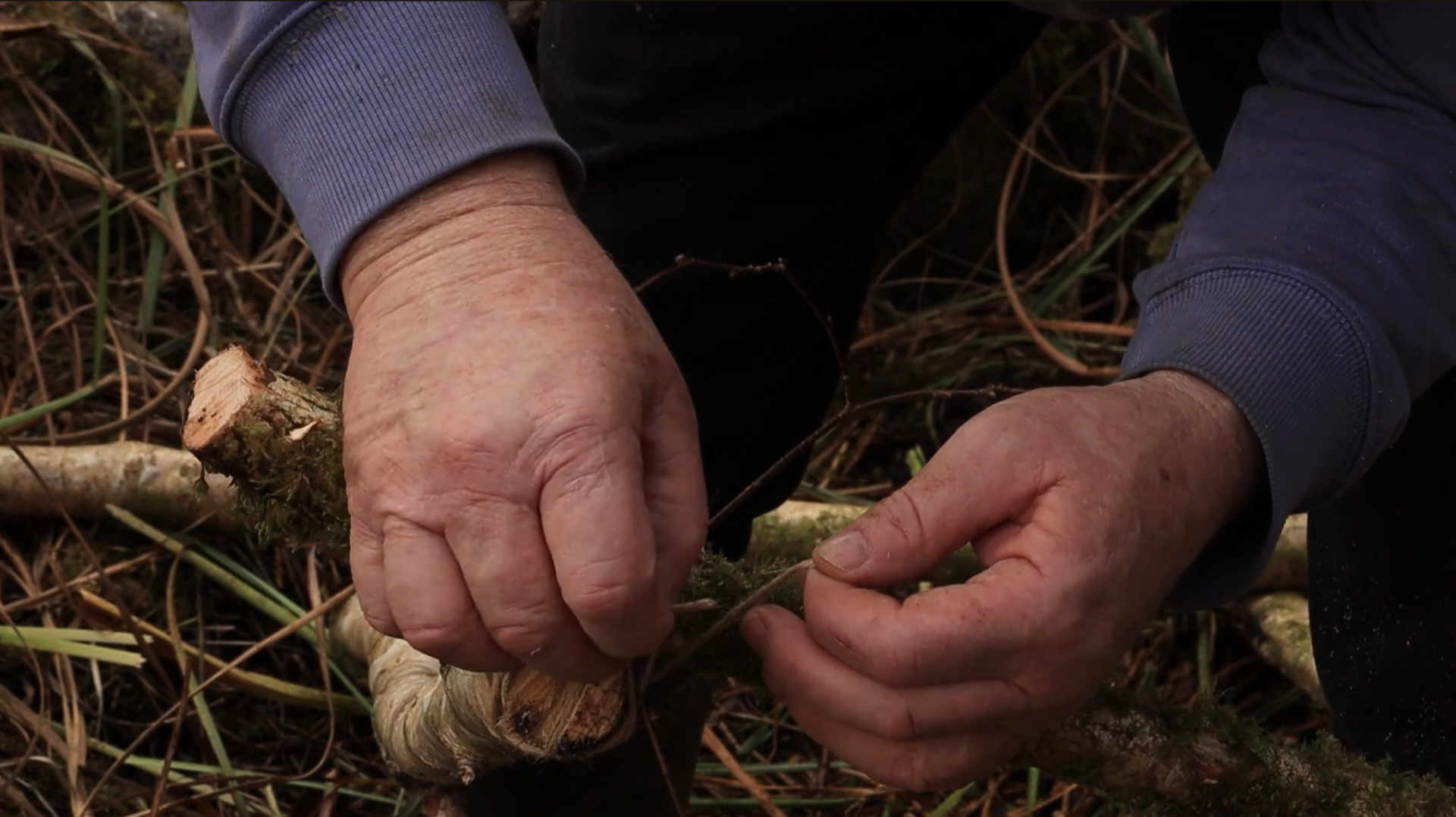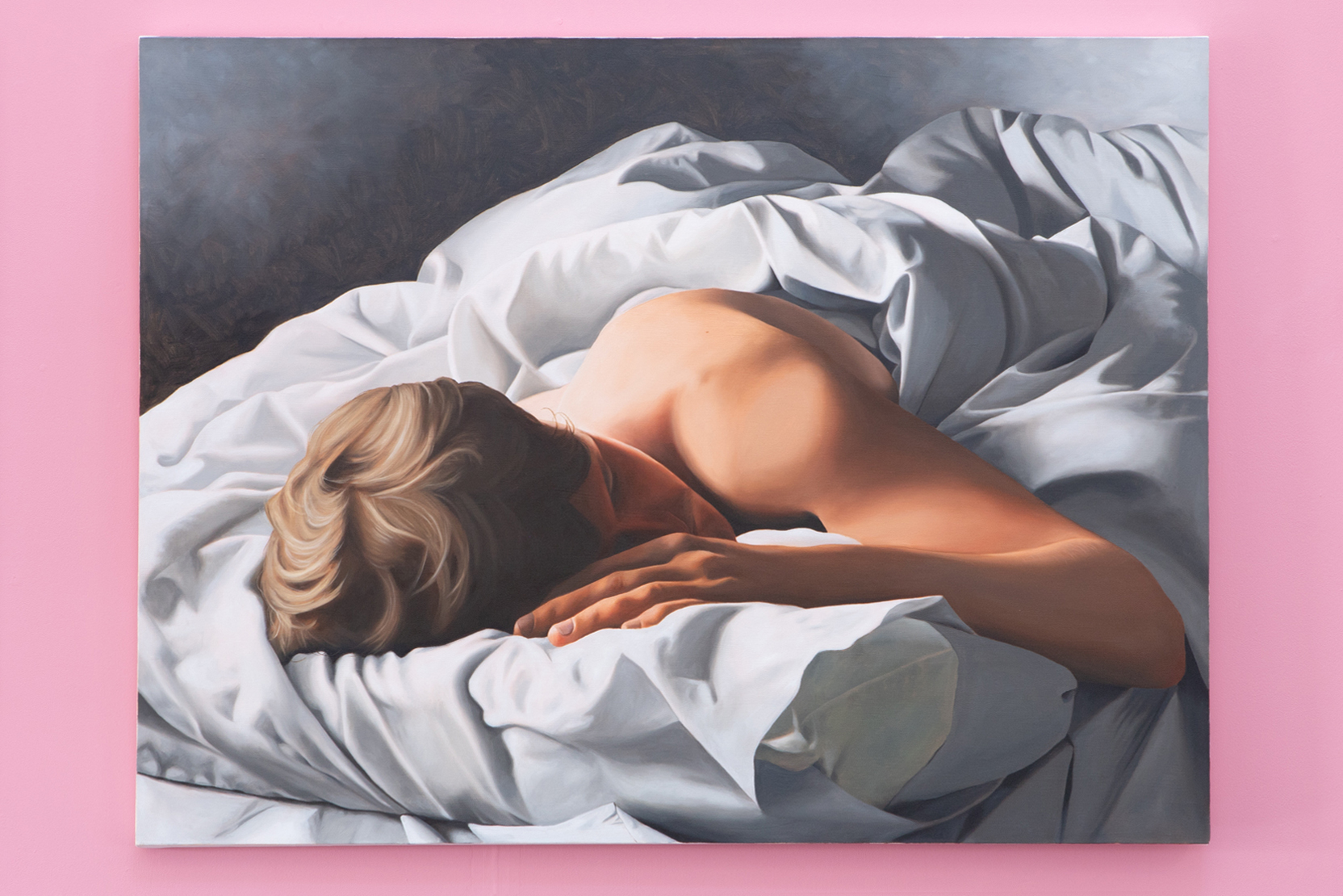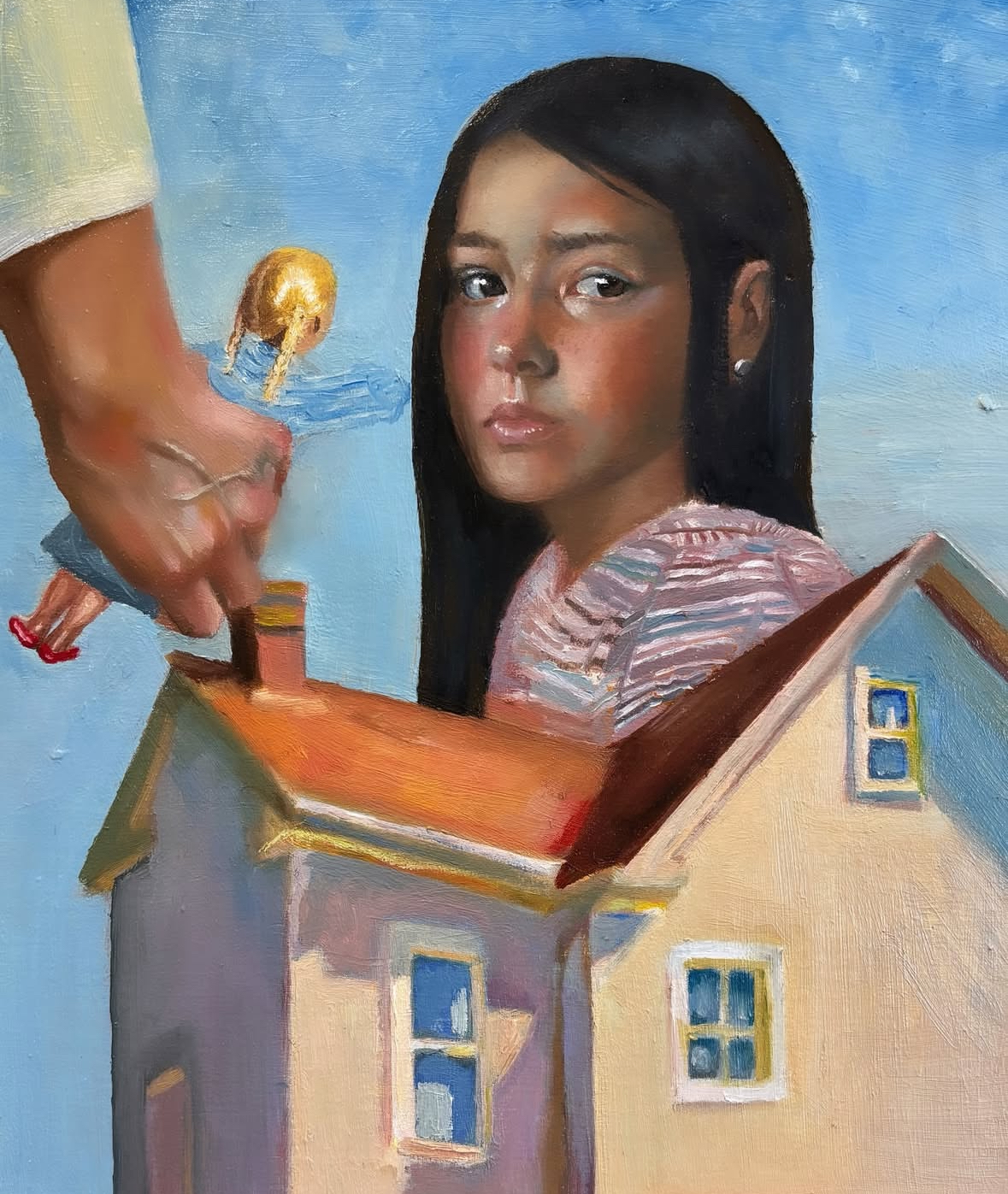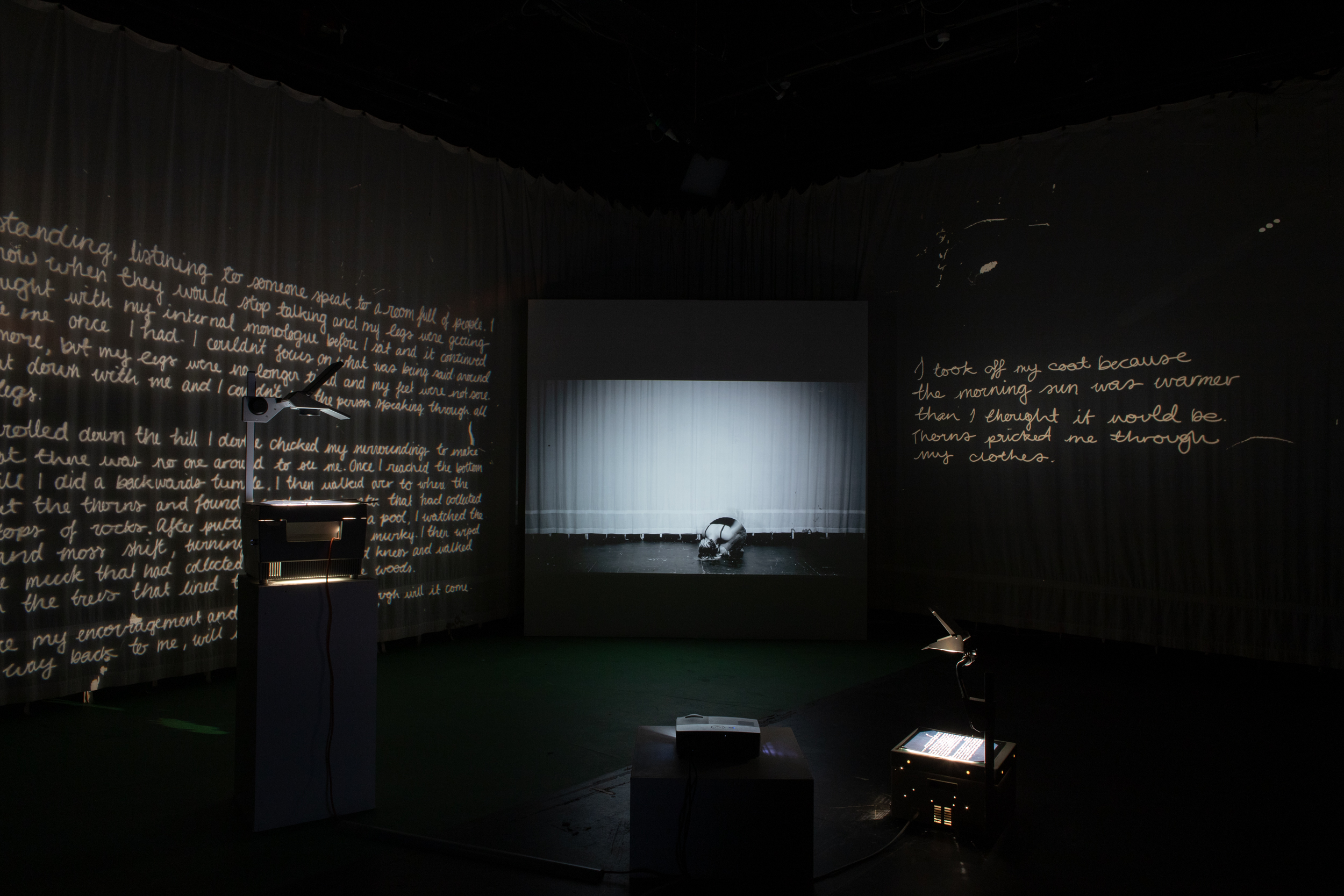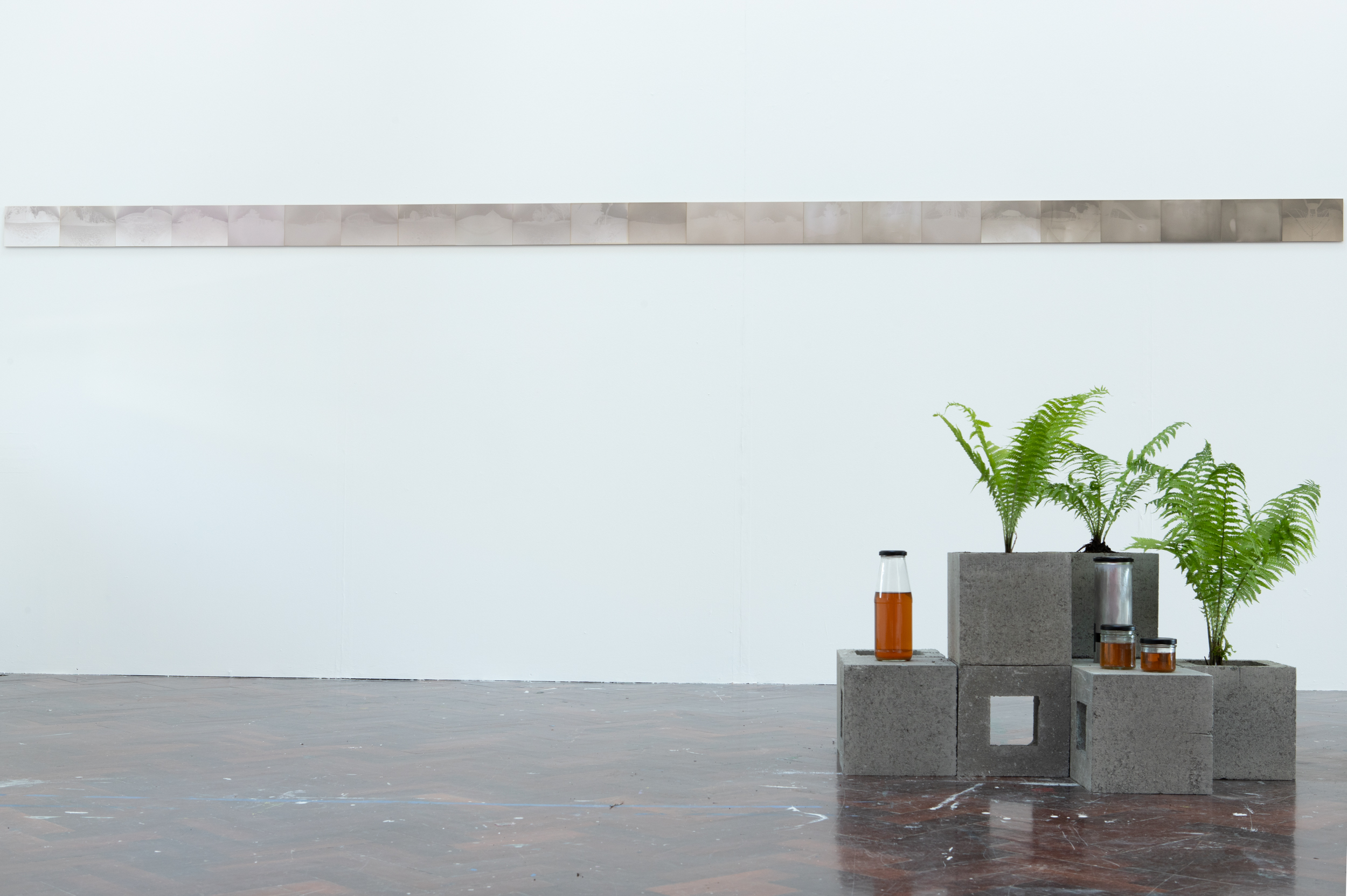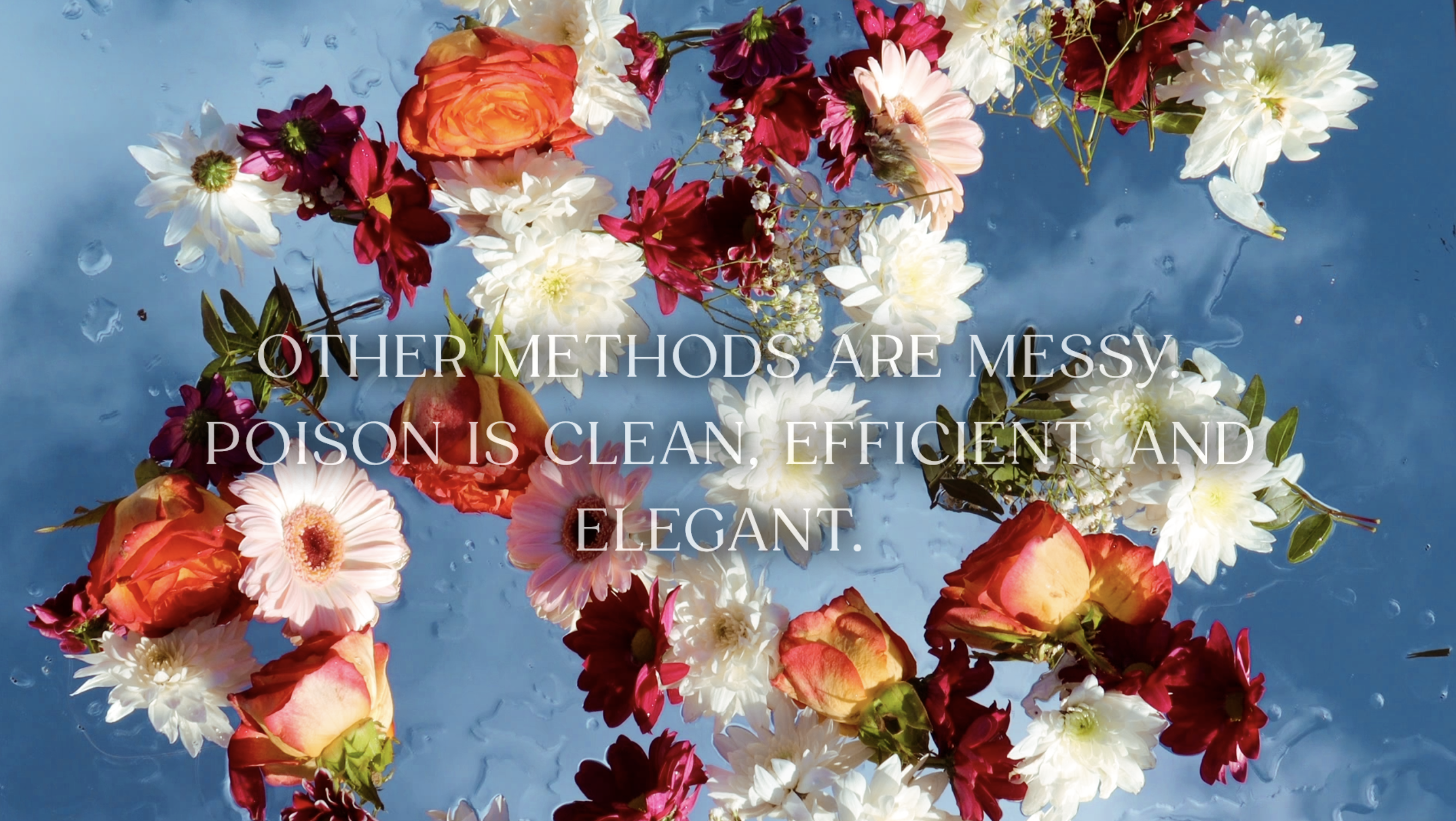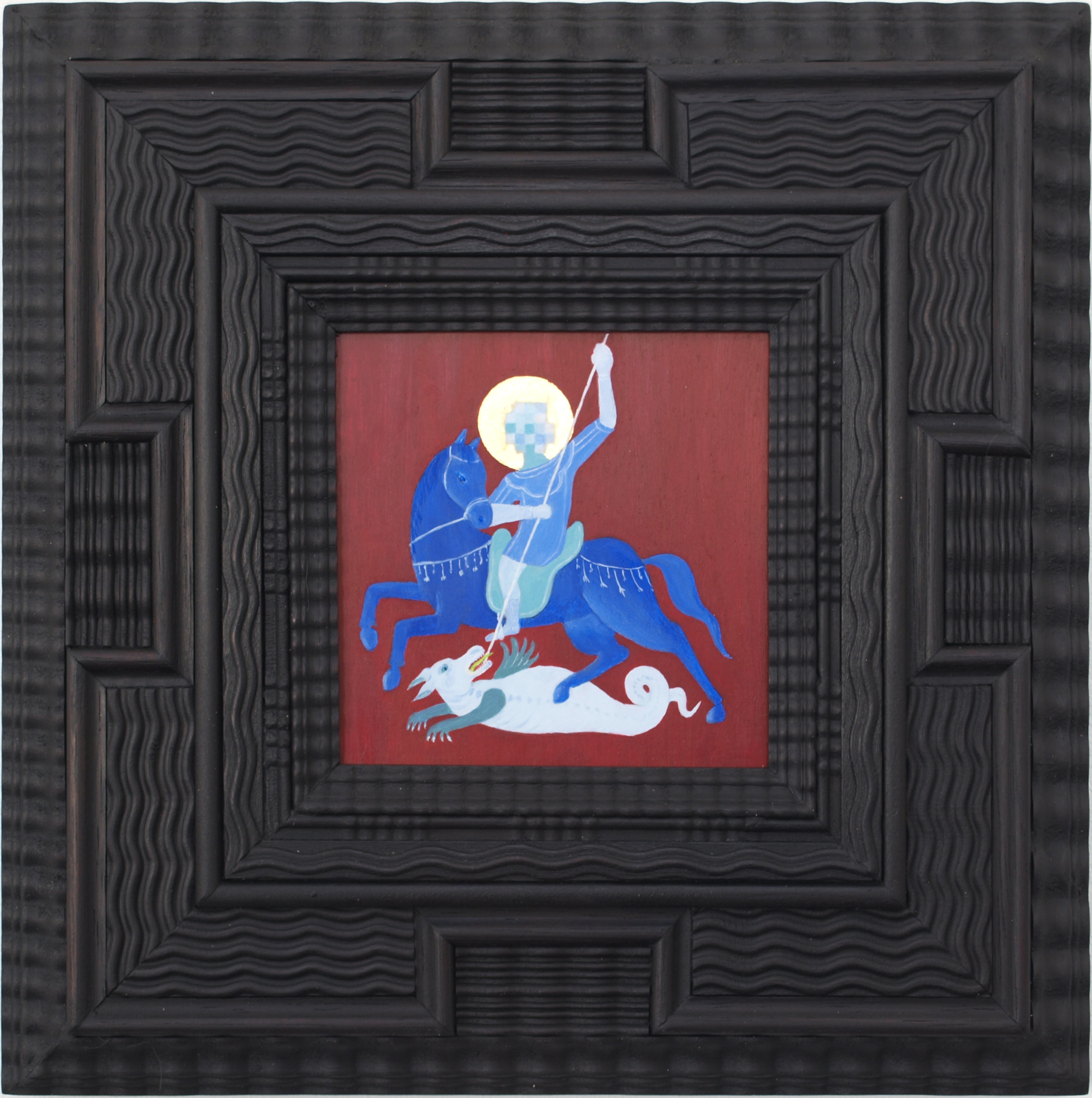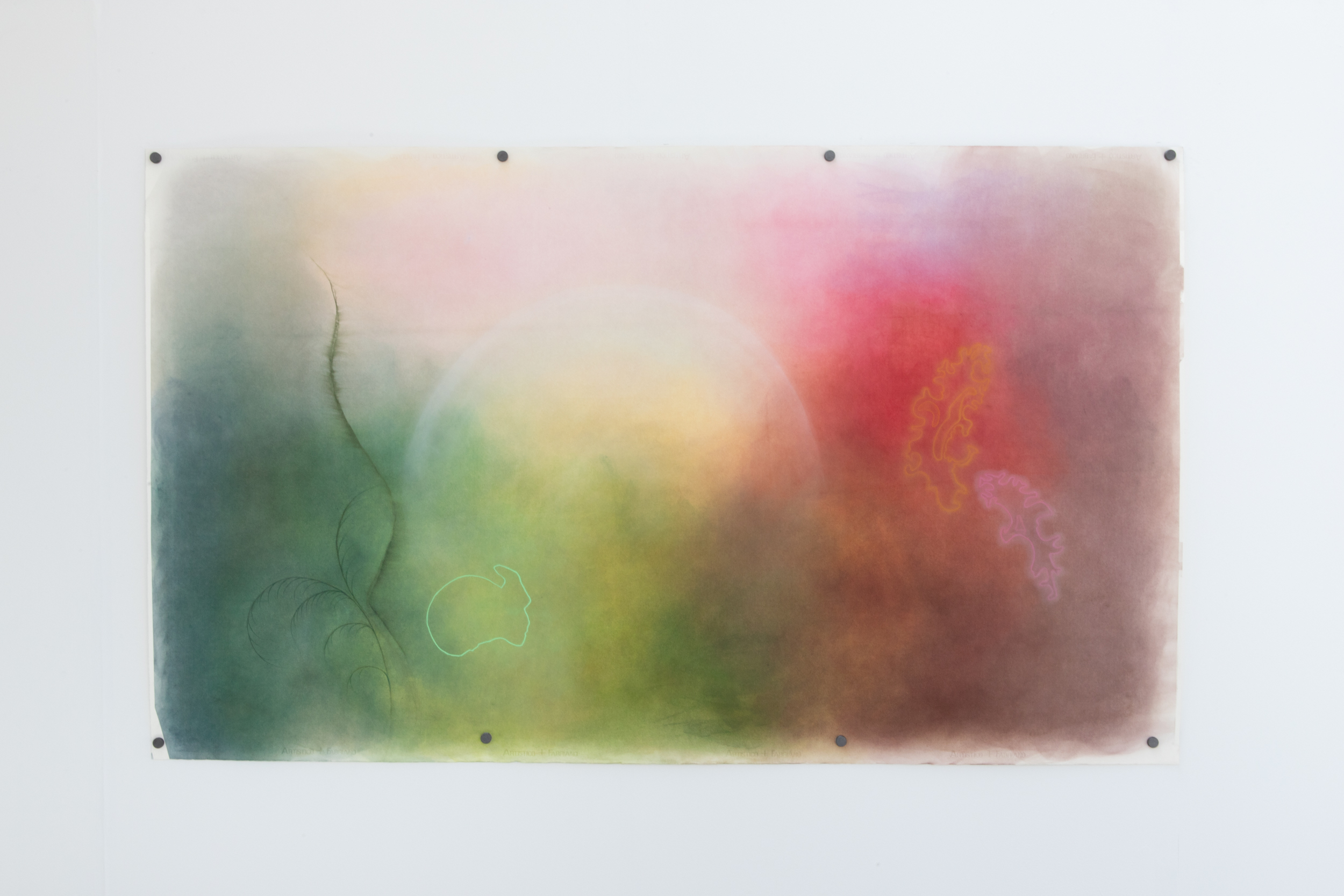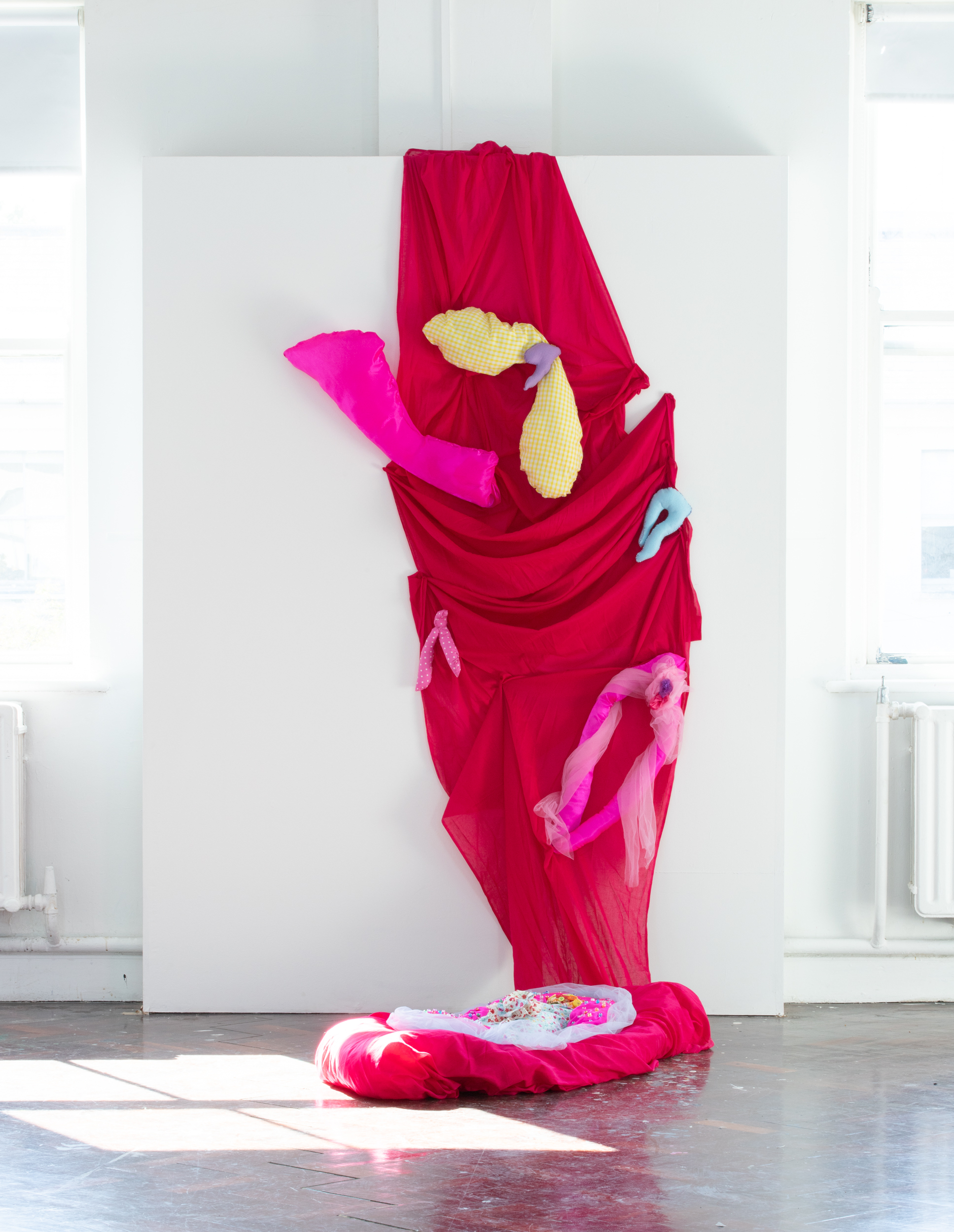
Adrian Uzzaman
This project investigates the concept of human growth through the lens of nature, particularly how plants adapt and thrive in varying conditions. By drawing a parallel between environmental growth and human growth, this work highlights the shared ability of humans and plants to adapt to their surroundings. The vessels featured in the work reflect varied environments we each grow within—some restrictive, others nurturing—and how these conditions shape development. The project also includes videos that document the plant within a vessel in a river, representing the flow of life. This project aims to highlight various ways in which growth can occur, revealing it as a quiet, persistent process influenced by change and environment.
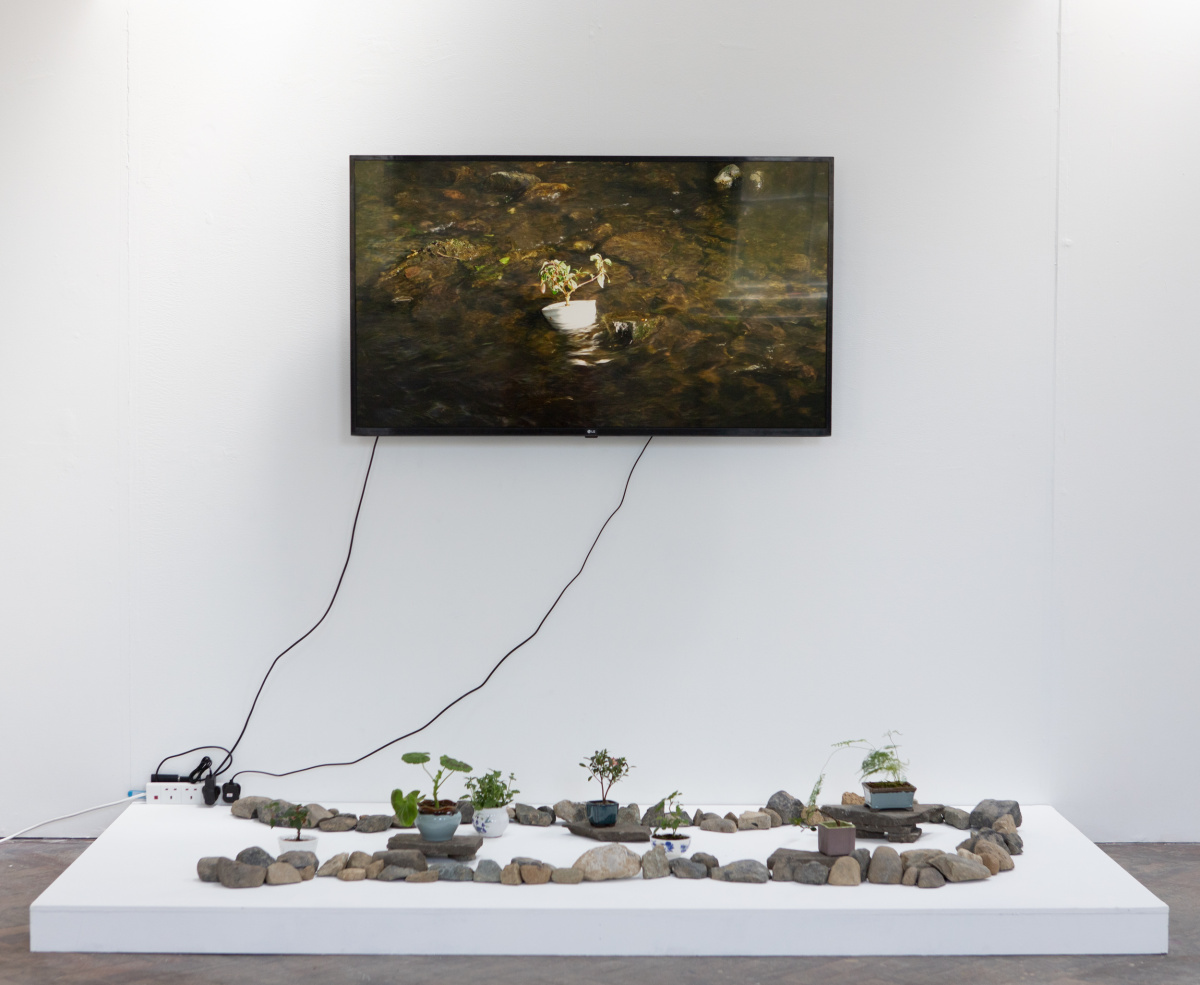
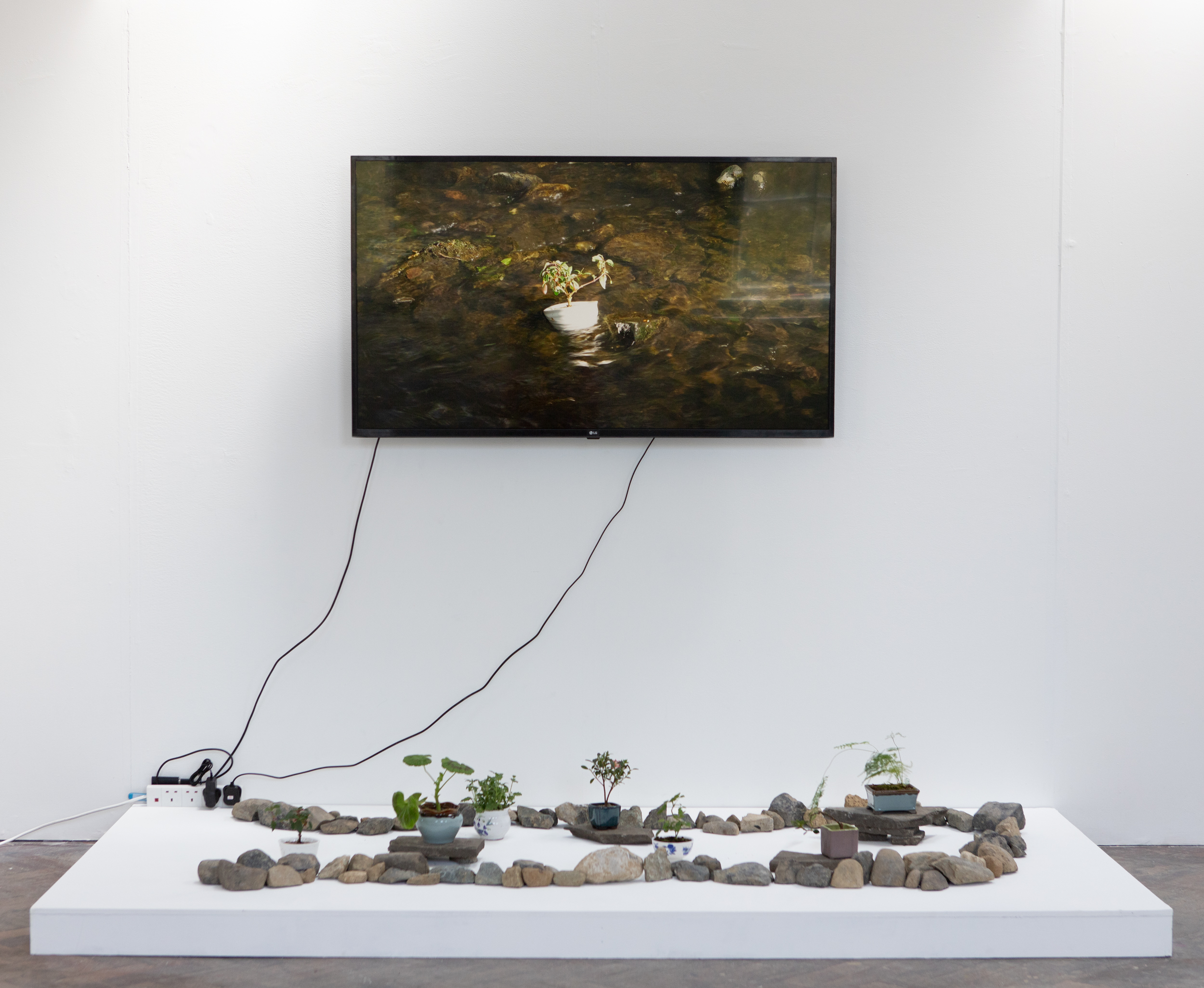
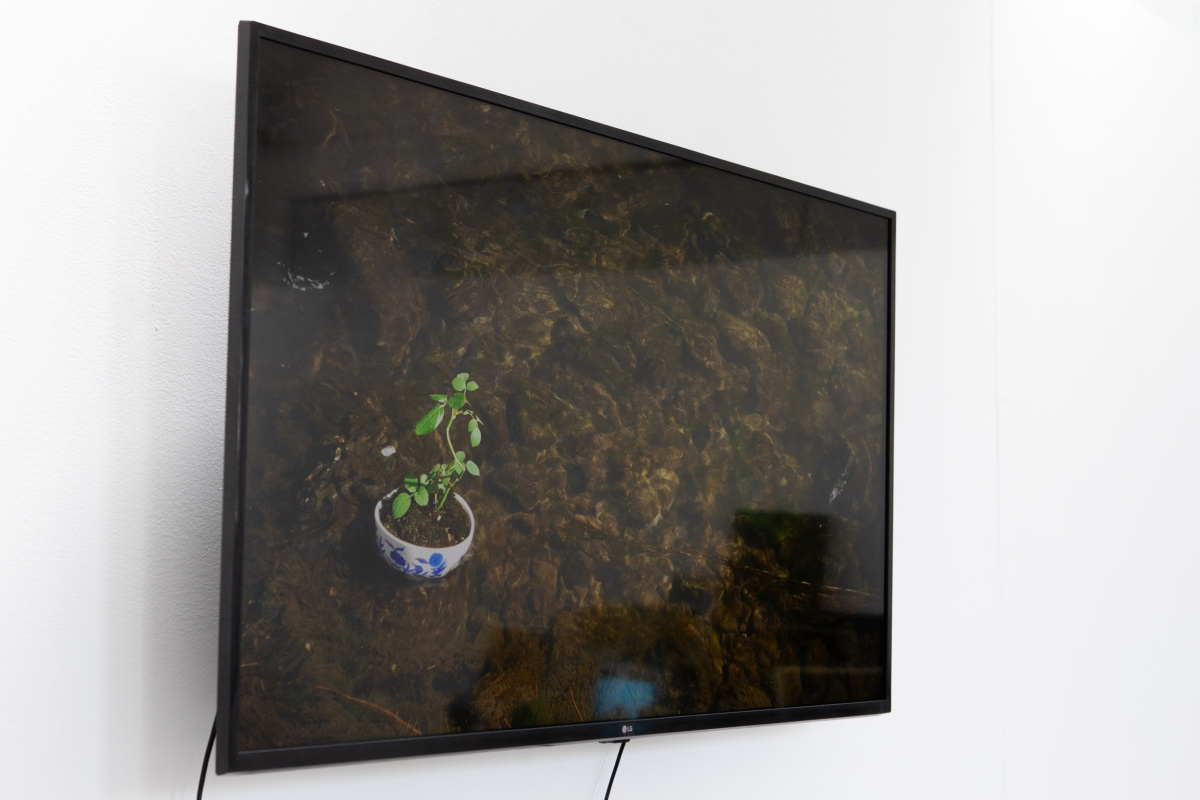
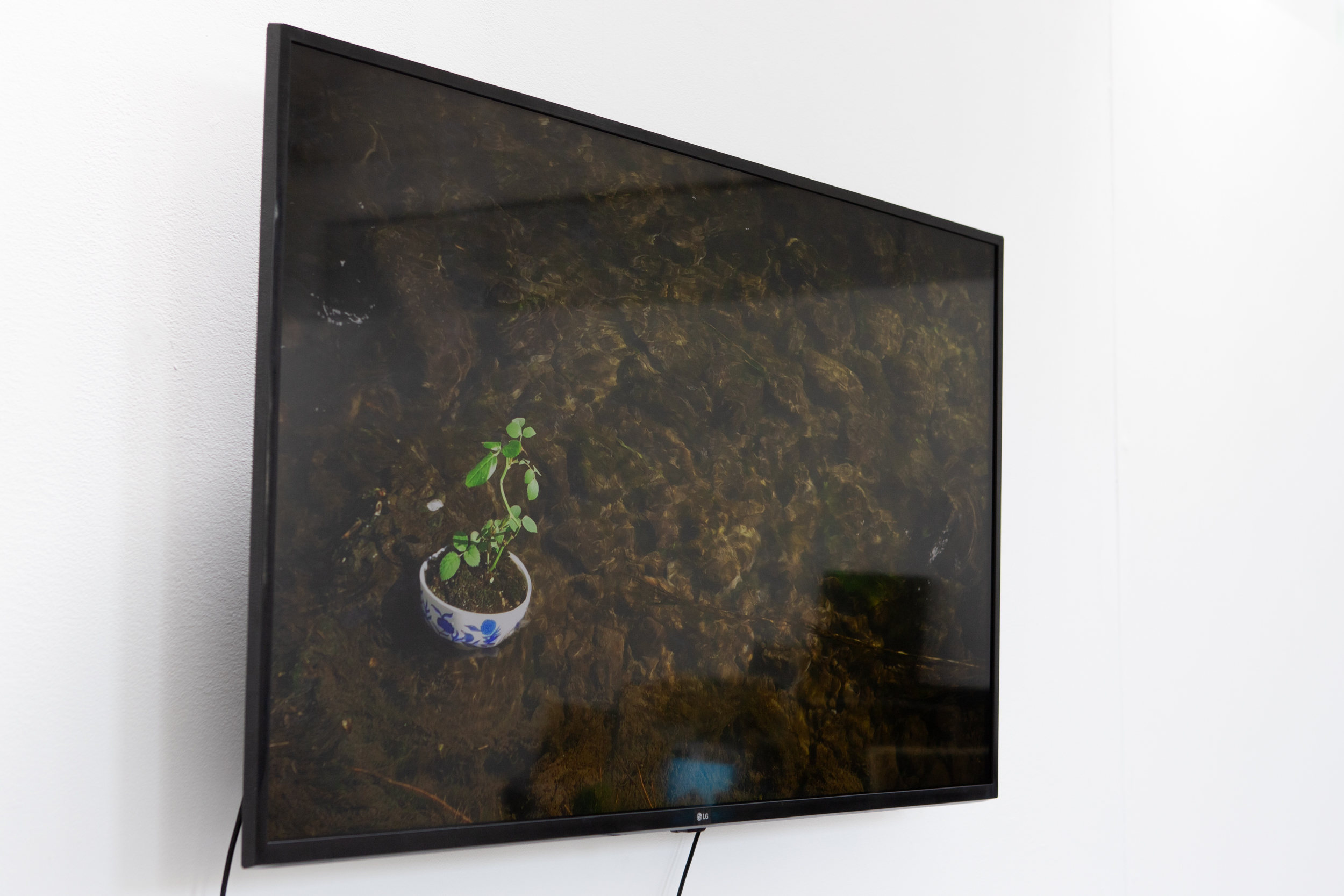

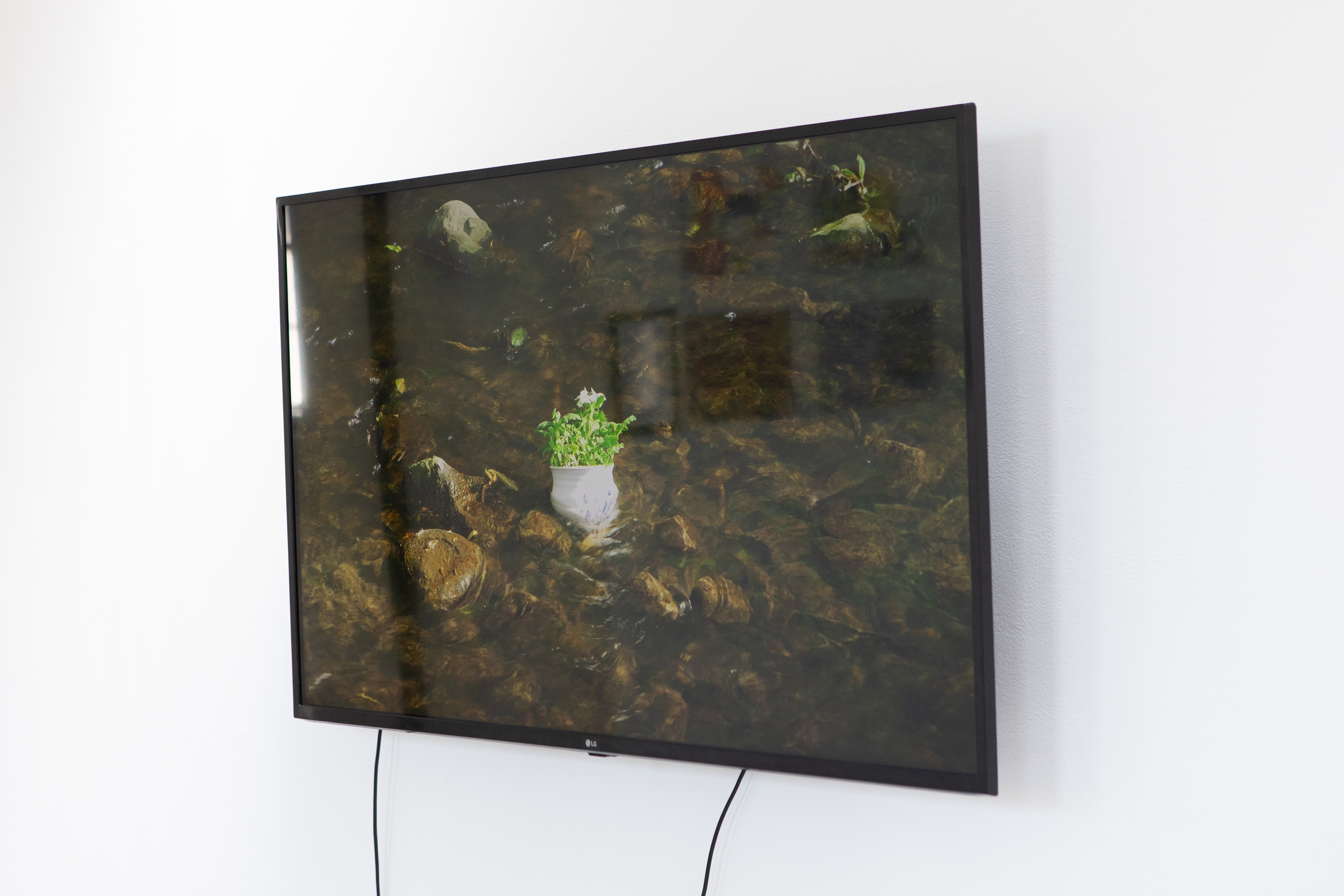

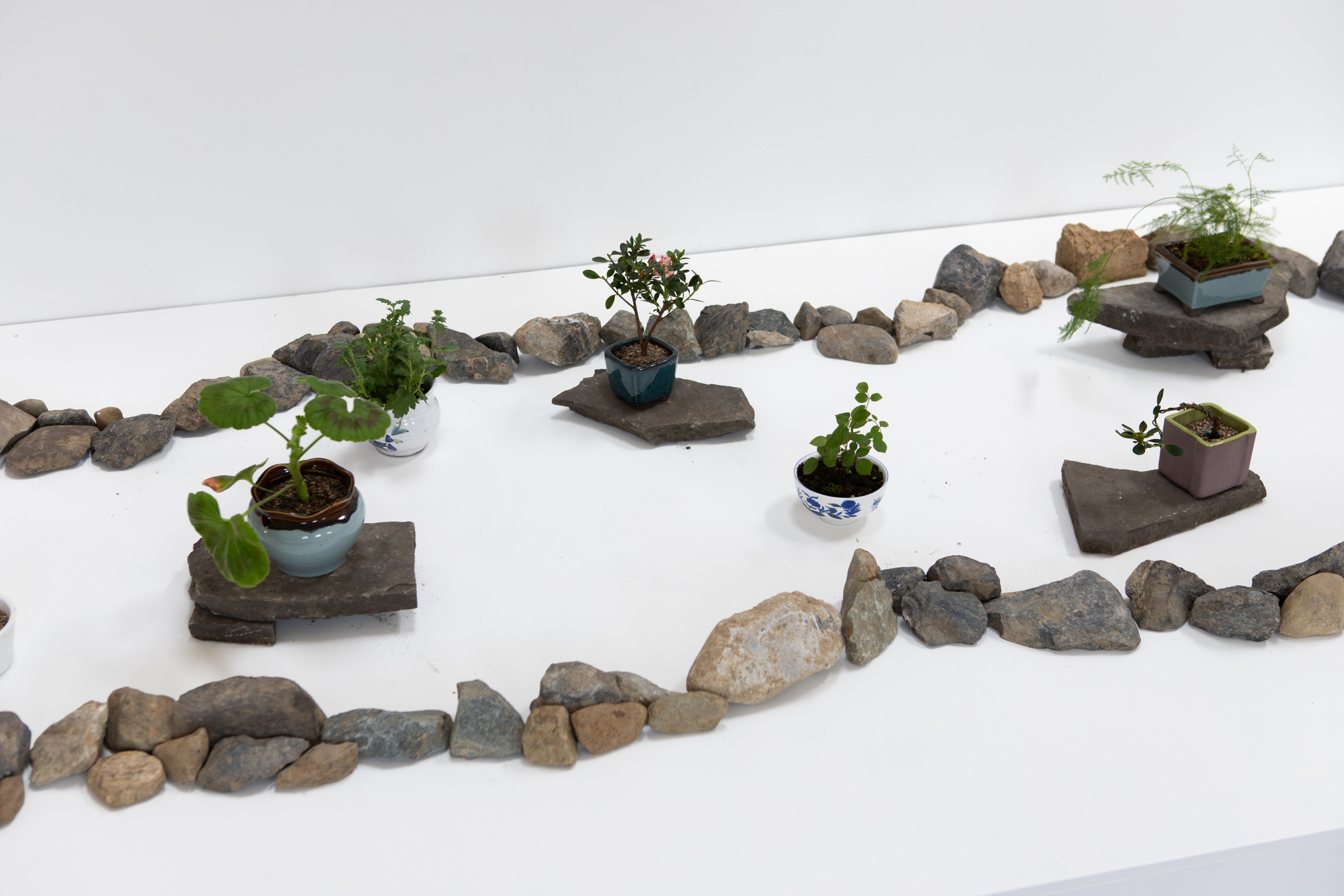
This project aims to explore the nature of growth—both human and botanical—through a visual connection between plants and their environments. By drawing a parallel between how plants adapt to their surroundings and how humans develop in response to their own environment and experiences, the work highlights change and the conditions for growth.
The core objectives of the project are:
To examine growth as a process shaped by environment, time, and experience, and to visualise this through the metaphor of plants in varying vessels.
To create a meditative, immersive space that invites viewers to slow down and reflect on the conditions—both nurturing and restrictive—that shape personal development.
To use video and installation as a means of expressing human connection to nature, particularly the flow and rhythm of life as symbolised by water.
My thesis visually analyses the portrayal of myth and culture in animated media. Focusing on Spirited Away (Miyazaki, 2001), Princess Mononoke (Miyazaki, 1997), and Avatar The Last Airbender (DiMartino & Konietzko, 2005). An analysis of these works examines how folklore, culture and historical context contribute to the visual design and story.
Investigating Miyazaki’s influences with his connection with Japanese folklore, culture and history are subtly integrated into his works. Spirited Away highlights certain aspects of Japanese folklore and culture, through the designs of the spirits and their world. I study these designs whilst applying theories I have learned through my research.
Princess Mononoke presents history through the lens of fantasy. Touching on themes of greed, industrialisation, and nature, the film captures the conflict of the Emishi tribe and their struggles.
Avatar The Last Airbender, describing cross-cultural influences of mainly Asian, Inuit, and Indigenous cultures. The analysis focuses on the visual features throughout the show; martial arts, geography, clothing, and religious symbolism. Connecting these visual features to their cultural influences, aided by a diverse range of sources.
Linking between Princess Mononoke and Avatar The Last Airbender, highlighting how both works bear a resemblance when it comes to the design of some scenes. Referencing the film and the show, demonstrating theories from my research and applying them.

Adrian Uzzaman is a multidisciplinary artist based in Dublin, working mainly with video to explore themes of contrast, human connection and nature. Their work has been featured in group exhibitions **Mud Between the Toes** in Pallas Projects/Studios, Dublin (2025), **Fractal** in Powerscourt Townhouse Centre, Dublin (2023) and **Place Project** in IMMA
Studios, (2022). They have developed a research-led approach that incorporates observational study and material experimentation. Through both studio and field-based processes they aim to create work that resonates with universal themes of nature and change.


